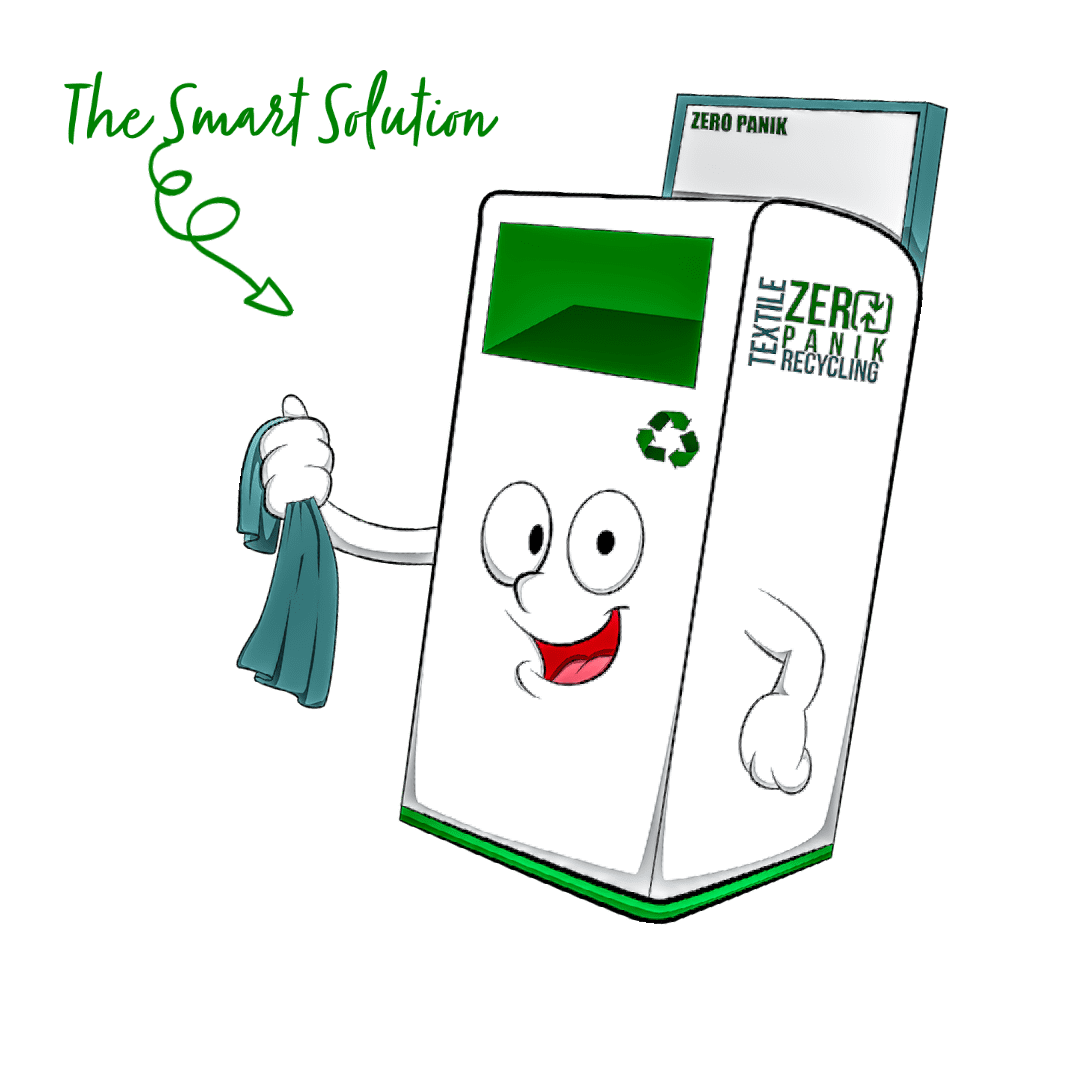
The fashion industry has a sustainability problem. However, the extent of the problem is virtually unknown due to fashion’s global and decentralized supply chain. Blockchain, a new innovative technology commonly associated with bitcoin, has the potential to improve transparency in complex supply chains. An improvement in transparency is the first major step toward building a sustainable future for all textiles.
How Blockchain Technology Can Improve Fashion’s Global Supply Chains
What is Blockchain?
What is blockchain technology and how can it be used to create circularity in the fashion industry? It’s a technology used to decentralize certain systems, such as cryptocurrencies and supply chains. For this reason, the fashion industry is looking to incorporate this technology into its long and complex supply chains to provide transparency to brands and consumers alike.
While the blockchain concept may be confusing, the basics of what you need to know in this context are: blockchain is an online ledger that securely tracks transactions and other pertinent information. For example, every step a garment takes along the fashion supply chain is a transaction. You can think of each transaction as information contained inside of a block. Each subsequent block is linked to the previous block forming a chain. Whatever information is stored on a block cannot be changed or removed. Corrections can be added as another block, but the original cannot be altered. If a previous block were to be tampered with, the chain would be broken and therefore signal to everyone else that something is amiss.
Not only that, but all transactions take place on multiple nodes which means the information is not stored in one centralized location. For a transaction to take place, it must be approved by a majority of the nodes, adding another level of authenticity and security. Additionally, the blockchain can remain separate from internal systems which means companies can be transparent while maintaining their security and privacy.
Some retailers are using blockchain so consumers scan a garment and view its entire history, from the farm to retail stores. This data can confirm whether the garment is being produced sustainably and ethically along the supply chain. Brands can be held accountable for the factories they partner with and the raw materials they use. Consumers can make their purchases based on their values without being tricked by greenwashing marketing tactics.
Of course, blockchain is not without its challenges. The technology can be costly for smaller brands and involves a learning curve for everyone involved. Although blockchain can help increase trust, it can’t identify human errors or intentionally deceitful entries. Additionally, some factories may refuse to join the blockchain or may be unable to do so in their country, especially as laws and regulations update over time.
Why We Need Transparency in the Fashion Industry
The fashion supply chain’s lack of transparency came to light in 2013 when the Rana Plaza building in Dhaka, Bangladesh, collapsed resulting in 1,132 deaths and 2,500 injured individuals. The building contained several garment factories and revealed the dangerous conditions that many garment workers are exposed to. However, something more tragic came to light: the only way to identify which brands were associated with these factories was to dig through the rubble and search for clothing labels.
This tragedy uncovered the disconnect between brands and their supply chains. If a major disaster could go unnoticed, then sustainability standards could also be ignored. These transparency issues are not isolated to any particular brand; the entire fashion supply chain is decentralized and lacks visibility. Most textiles are not made in a single location; instead, they exchange hands multiple times during each step of the manufacturing process. According to the founder of TextileGenesis (a traceability platform for apparel), the raw materials of a single T-shirt can exchange hands ten times before it becomes a garment. This includes procuring the fiber, spinning, weaving, dyeing, cutting, sewing, and all of the transportation in between.
Blockchain and the Fashion Industry
Although still in its infancy, the integration between fashion brands and blockchain technology is starting to grow (sometimes referred to as “FashTech”). For example, the collaboration between fashion label Babyghost and blockchain company BitSE was showcased during Shanghai’s Fashion Week. A VeChain chip was added to each item using near-field communications (NFC) technology (similar to mobile payment methods). The VeChain allowed attendees to scan the item’s unique code on their phones to reveal its story and confirm its authenticity. As blockchain technology grows, it could theoretically display an item’s unique path along the supply chain, starting from the farm where the raw materials are produced.
However, the production process is not the only part of the fashion supply chain struggling with sustainability; its post-consumer journey is also obscure. The fashion industry currently abides by the “take-make-waste” model. This means we take resources from the Earth, we use these resources to create a brand new item, then after a short period of time, we throw the item away. Because of this wasteful approach, it’s estimated that we will be discarding 134 million tons of textiles each year by 2030.
Most textiles are not recycled, and donations are not as charitable as you might think (we dig more into these topics in our article titled Why Zero Panik?). Nearly all textiles produced are destined to be burned at an incinerator or buried for eternity at a landfill. In fact, a garbage truckload of clothes meets this fate every second. We need to change this reality, and we need to change it fast.
We are starting to see how blockchain can be used for both “take” and “make”, but we also need insight into “waste”. Blockchain could be used to hold brands accountable for their repair and take-back programs. It can also shed light on items taken to thrift stores or donation bins. By understanding the truth about our waste, we can create demand for recycling technology and circular practices.
Conclusion
Blockchain is an exciting technology that can be implemented into the fashion world to provide transparency and traceability to textiles. This is the first step toward establishing a sustainable and ethical global supply chain for both production and post-consumer use.
Here at Zero Panik, we are collaborating with brands, manufacturers, repair specialists, and everyone in between to prevent the disposal of textiles. We believe blockchain is going to help fashion brands become more transparent and establish a new era of fashion circularity. Stay tuned to learn more about Zero Panik and the future of textile recycling!
